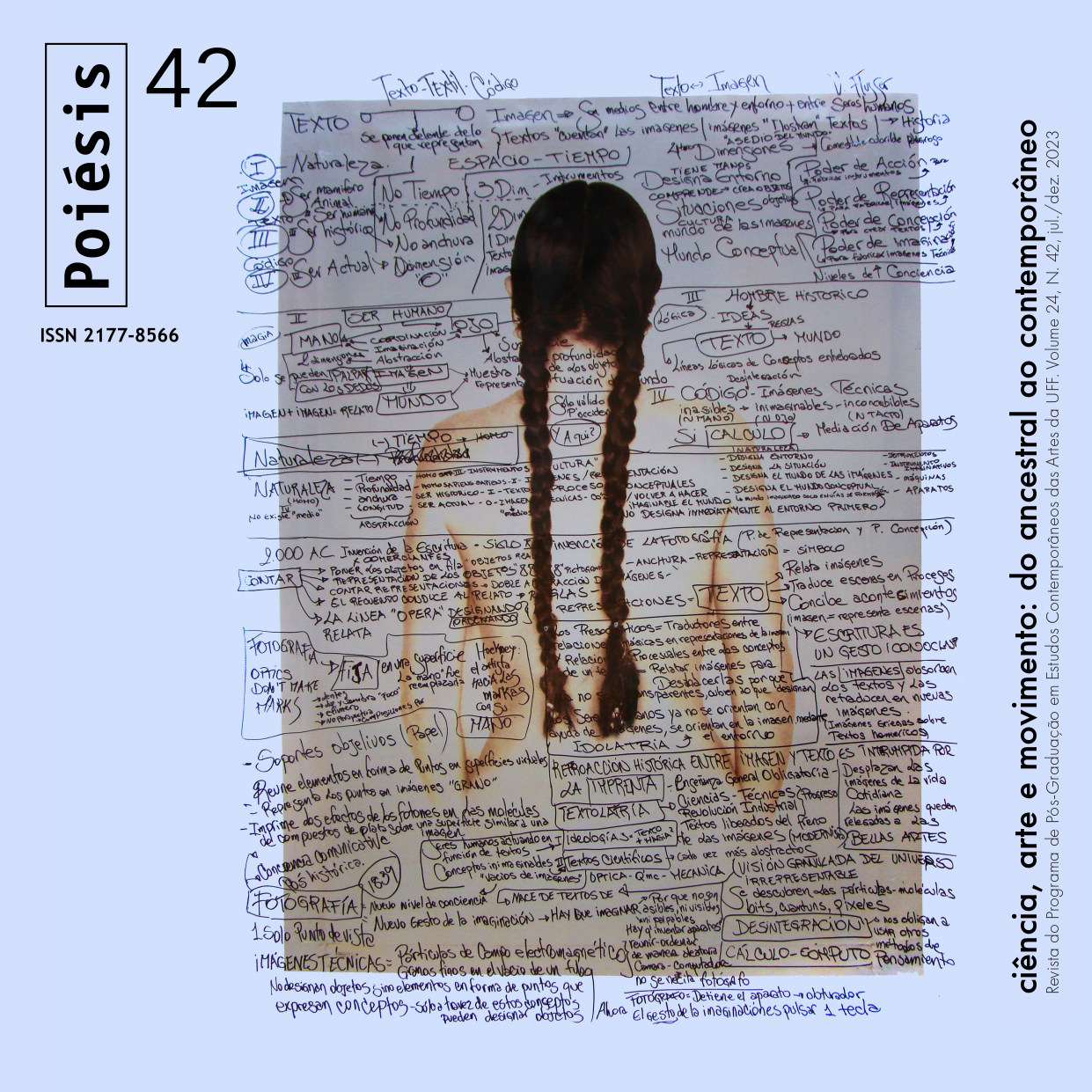IT’S THE SAME OLD STORY
DOI:
https://doi.org/10.22409/poiesis.v24i42.60190%20Abstract
These paintings are part of a series that are a pastiche of the Americas tradition of Retablos. The conventional Retablos featured narratives of Christian Gods and Saints in a miraculous realm. They were painted on inexpensive sheets of tin, which allowed for a higher rate of production and wider distribution of as a product. The small paintings were sacred objects whose uses ranged from converting indigenous people to Christianity to being treasured devotional objects for the faithful.
In these small 8 inches square (20.32 x 20.32cm) paintings I have expanded the scope of the narrative to move beyond the confines of a deity/saint trope to embrace a wider cast of characters capable of speaking to the miraculous as well as the mundane. They reference ideas of creation myths, evolution, mortality, sex, birth, death, gender, fairy tales, and a variety of binary constructs, all existing in a phallic world. In this series, you can easily find a floating teddy bear as a stand-in for the Archangel Gabriel bringing the annunciation news to Mary who might be sitting next to the Frog Prince waiting to be redeemed by a princess. In fact, those two stories might share the same content about consent and surprise endings. I see these paintings as a collaboration between me and the viewer, where I provide narrative opportunities while the viewer can construct a story.
Downloads
Downloads
Published
How to Cite
Issue
Section
License
Copyright (c) 2023 Gerry Snyder

This work is licensed under a Creative Commons Attribution-NonCommercial-NoDerivatives 4.0 International License.
Authors who publish in Revista Poiésis agree to the following terms:
- The authors keep the copyright and grant the journal the right of first publication. The work is automatically licensed under the Creative Commons Attribution License, which enables its sharing as long as the authorship and initial publication in this journal are acknowledged.
- Authors are allowed and encouraged to distribute online their work published in Revista Poiésis (in institutional repositories or in their own personal page), since this can generate productive interactions, as well as increase the impact and citation of the published work (See The Effect of Free Access).


